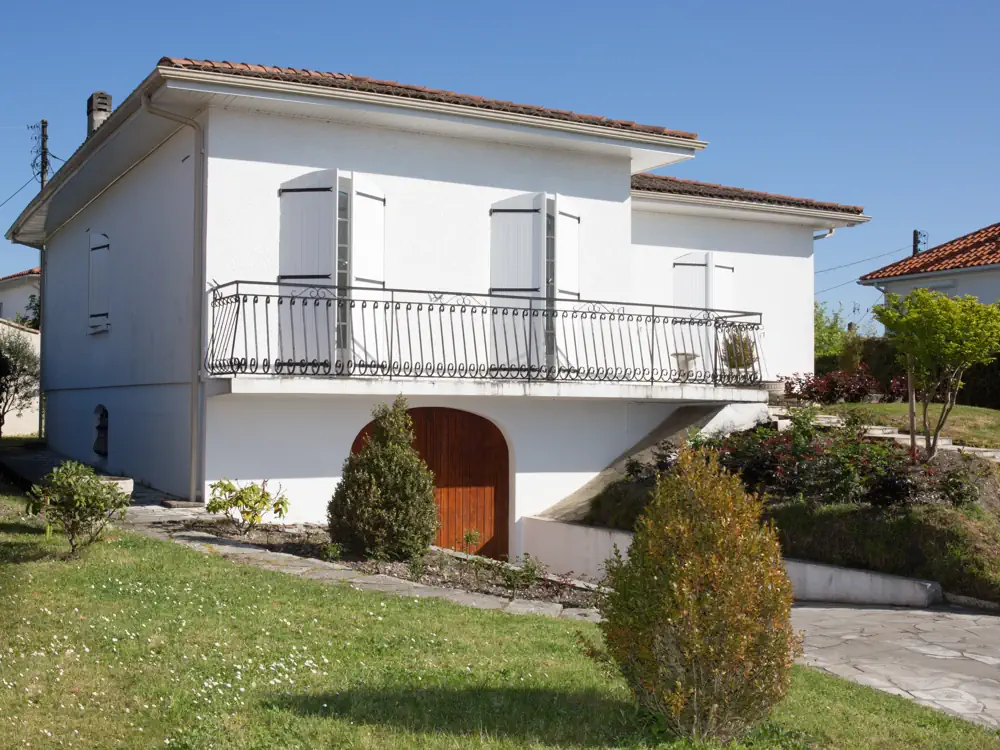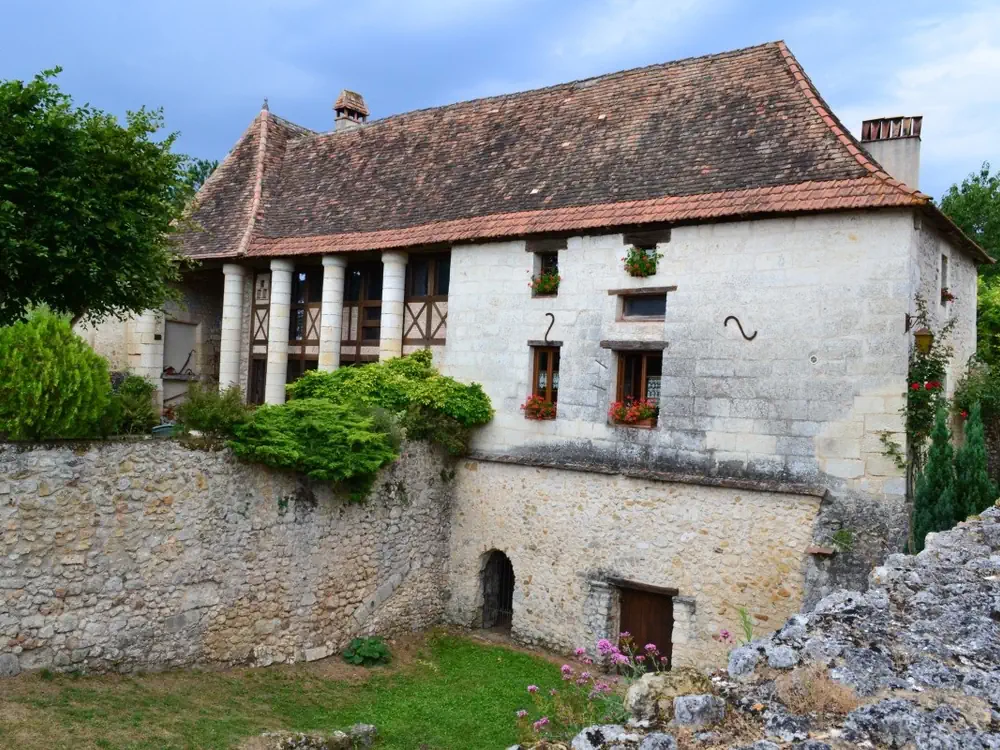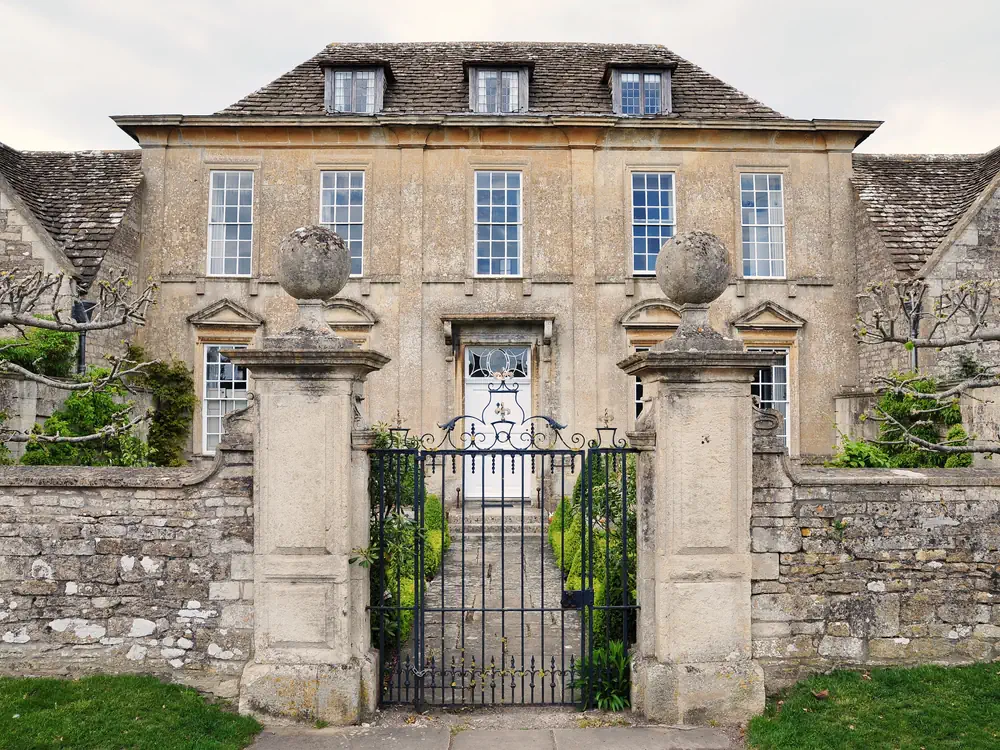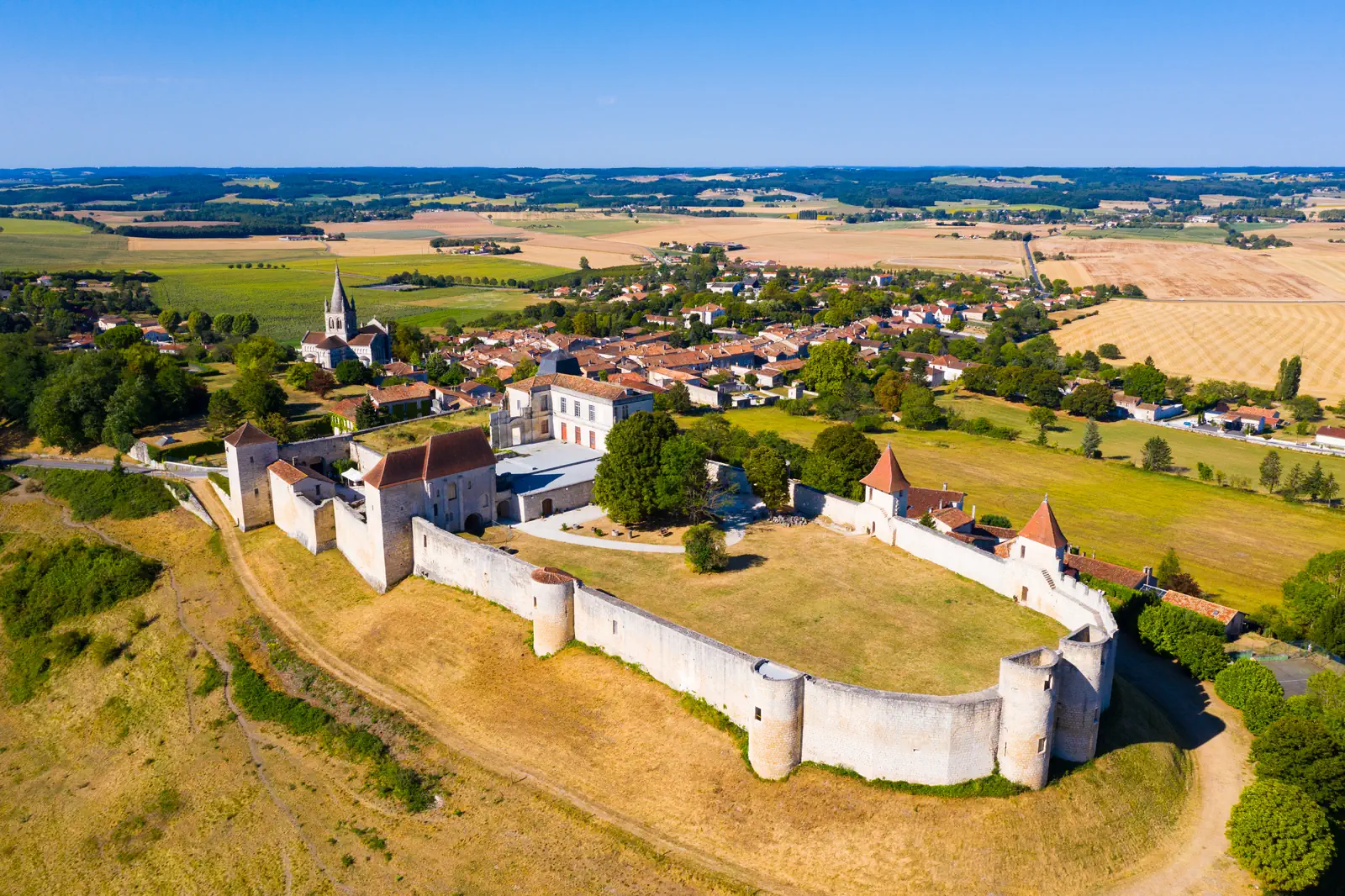This is possibly the question foremost in clients’ minds when purchasing a property in France. Understanding what a realistic budget should be can at times seem daunting, if not next to impossible. Below are guidelines for reputable companies to undertake work at different levels of complexity.
Price List

A refurbishment
A refurbishment refers to a general upgrade of the property. It may include elements such as:
- new internal partition walls or plaster work
- installation of a new bathroom or kitchen
- replacement flooring
The scope of a refurbishment will vary depending on the specific requirements of the property and the preferences of the client. It does not involve any structural or external wall work.
600 – 1000 €
HT per m2

A light renovation
A light renovation includes all of the features of a refurbishment but with additional components that require more extensive building work and expertise.
This may include:
- new windows and doors
- new openings in load-bearing walls
- partial electrical work
- changes to plumbing feeds and waste
- converting a bedroom to a bathroom
- new stairs and other carpentry
- insulating external walls and loft
800 to 1600+ €
HT per m2

A major renovation
A major renovation will include all the aforementioned elements, as well as major works to the structural aspects of the property, such as roofing, walls and fixing structural issues.
Some examples of this kind of work include:
- concrete or block and beam floors
- a full rewiring of the property
- complete internal plumbing refurbishment
- major changes to the layout of the property
- new openings for windows or doors
- roofing
- wall ties
- adding an extension
- converting a barn or loft
1500 to 2200+ €
HT per m2
Which factors have the biggest impact on the cost of a project?
Structural issues have one of the most significant impacts on cost, and can involve either:
- Repairs to the foundations, wall ties or other work on the fabric of the property. These are usually not optional and cannot be avoided.
- Changes to the building to accommodate a new layout, such as new openings for doors or windows. These are optional structural costs.
If the property is likely to require structural work, it is recommended that a structural engineer and builder are involved at an early stage to provide estimated costs.
Naturally, the client’s personal specifications and requirements influence the cost.
- High-end kitchens and bathrooms increase the budget, as well as the type of materials used throughout the property.
- In general, natural finishings such as stone or hardwood floorings and custom-made pieces are more costly than their synthetic and ready-made counterparts.
This element is controlled by the client and having this conversation early on in the process with your construction company is recommended.
The layout of the property
- Properties with higher ceilings or double-vaulted ceilings will add an additional layer of complexity to the project and will increase the cost.
- Changes to the specification and layout once the project is underway will add additional costs.
Setting a realistic budget
Ultimately, the cost of the renovation project depends on a number of fixed elements, such as structural work as well as variables such as design, finish and materials.
Understanding these elements at the outset will allow a sensible and realistic budget to be predicted. Managing budget expectations early on will certainly prevent issues further down the line, and it is an absolute necessity when starting a conversation about a renovation project.
Understanding the M2 Calculation
The m2 measurement for calculating costs is the Gross Internal Floor Area (GIFA). This is the total area of a property measuring up to the internal face of the exterior walls on all floors and not the footprint of the property.

